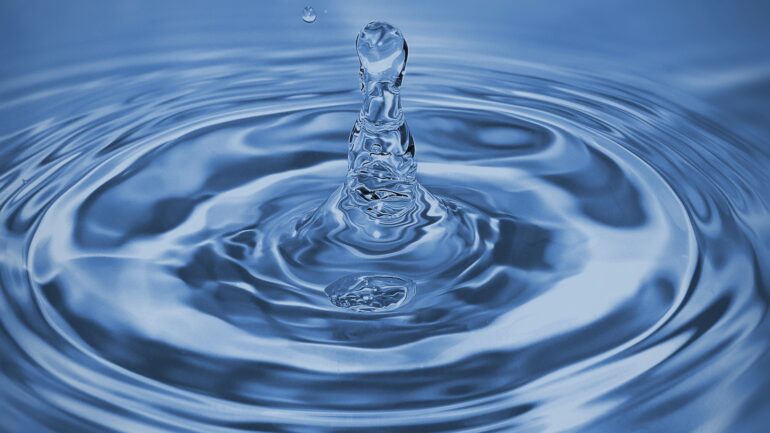Water is the first liquid with which we come into contact after conception, it is the only one that we take in large quantities every day and that is indispensable for our own life.
While the human being can survive without food for several days, he cannot do it without water: the blood becomes thicker, the heart struggles to work until it reaches collapse.
Water, therefore, is the source of life.
But how much drinking water do we have available?
Let’s talk about numbers
71% of the Earth’s surface is water, but most of it is salty (about 97.5%) so only 2.5% is freshwater. However, not all freshwater is drinkable. In fact, much of it can be found in the solid state, the remaining part contributes to the composition of lakes, rivers, streams and underground aquifers and springs. So, in essence only 1% of the water on our planet is drinkable. Is a limited resource, considering the almost 8 billion people who use it every day.
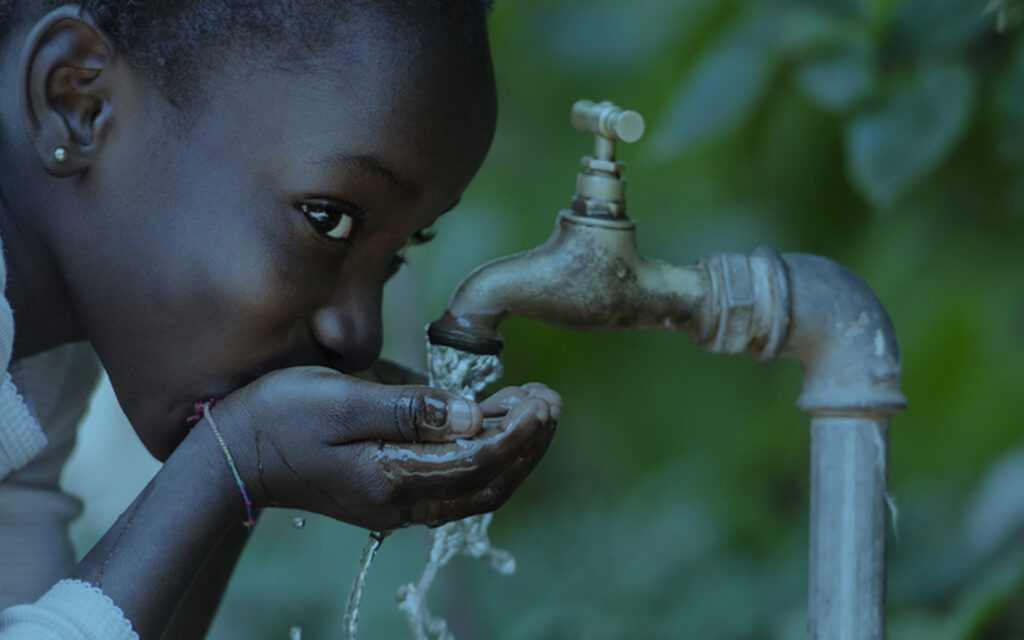
The water crisis
Although we can say that the water on our planet can never end, thanks to its natural cycle, but we can also say that there is a serious water crisis.
In recent years, due to the demographic increase, and therefore the increasing need to produce food, the use of this liquid for agriculture and more, has increased significantly Aquifers are drained much more quickly than the normal cycle can supply them.
Even the household waste of this precious liquid is not to be underestimated.
A lot of water is used for cooling power plants and just as much is polluted, due to the increasing use of fertilizers.
Glaciers used to be a stable source of drinking water, but due to climate change they can no longer be defined as such. Rising global temperatures is melting the glaciers before snow can stick and turn into new ice “reserves”, this means that soon, they will no longer be able to supply rivers and streams.
So, the misuse, pollution and global warming are factors that need to be monitored.
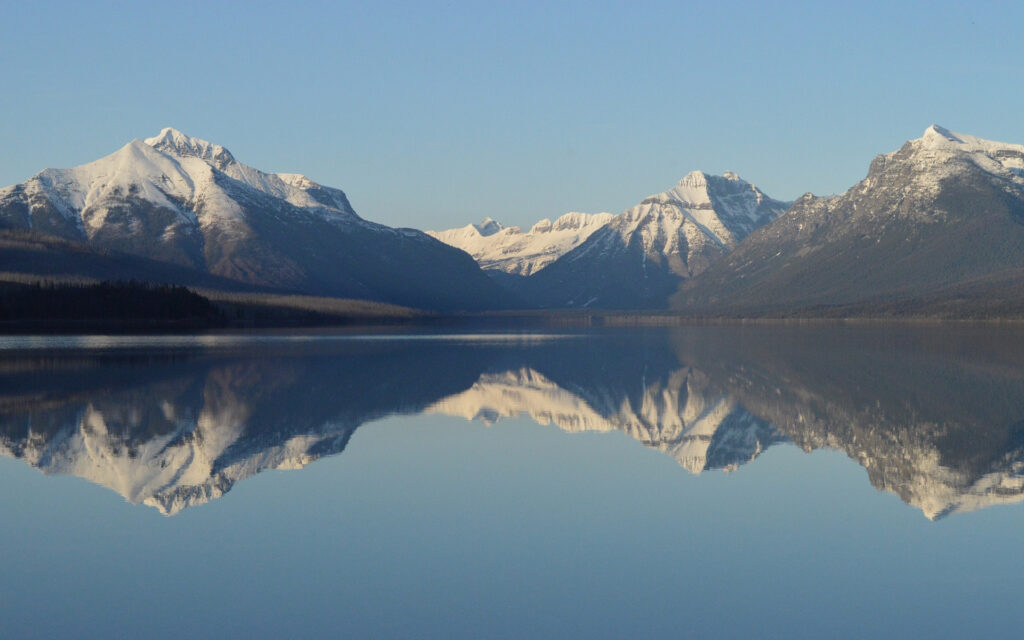
An emblematic example
The Aral Lake was one of the largest in the world and today it seems to no longer exist. In fact, to irrigate the cotton fields, the course of two tributary rivers was diverted, which inevitably led to the withdrawal of its waters. In addition, the use of herbicides in the surrounding areas has led to its pollution. Now it looks like an arid land composed of sand and polluting dust that in case of storms are easily dragged by the wind miles away, thus polluting other territories where it is deposited.
It is useless to say that the transformation of this lake has also affected the climate change of the surrounding area. In fact, before it mitigated the climate but now there is a great temperature range and a desiccation of the area itself.
To fight against the water crisis there is the common sense combined with technology.
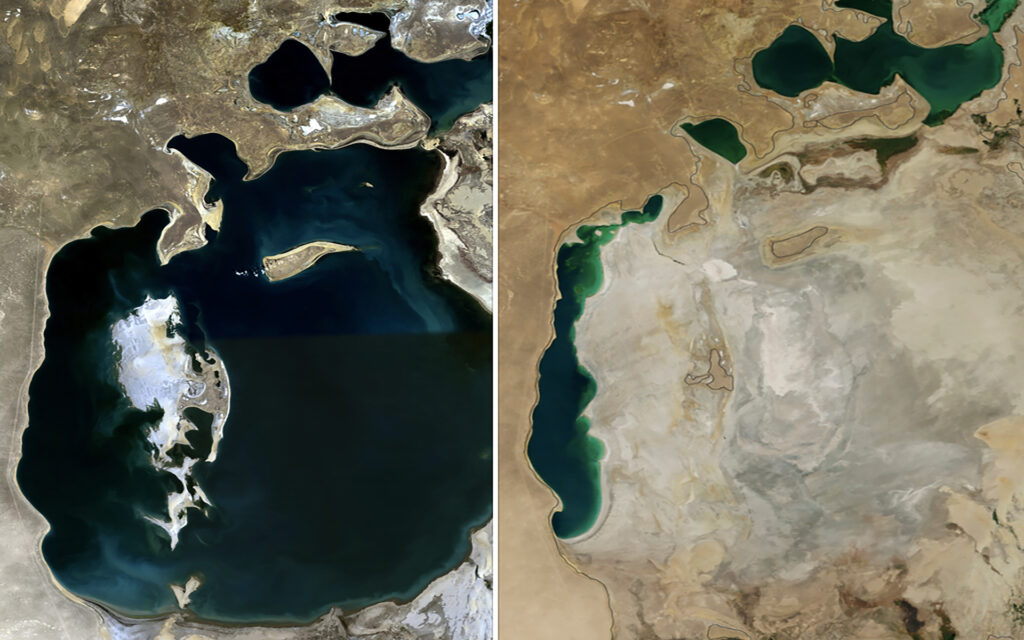
A life-saving machine
Every year 2.6 million people die from the reported effects of polluted water. For this reason, the Frenchman Jean-Paul Augerenau has designed the Safe Water Cube fountain, capable of purifying 1000 liters of water per hour whether it comes from a river or pond. The fountain is one meter and 20 cm high, has five filtering stages and does not need energy to operate, a manual pump allows you to operate it. To date, 30 fountains have been installed at a cost of about € 5500.
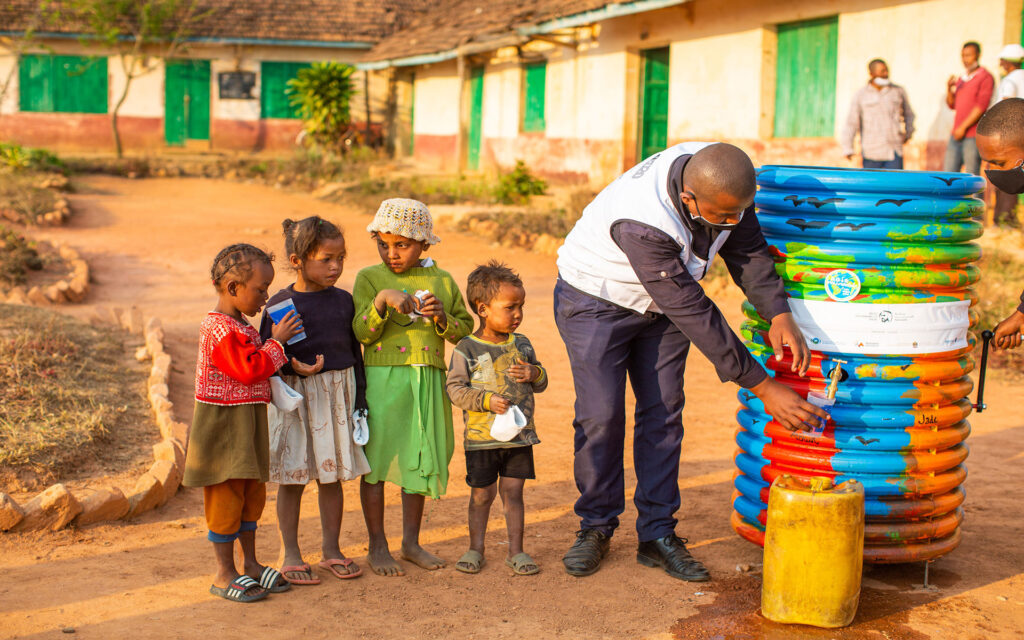
Possible solutions to imitate
Some existing solutions created to deal with the problem of the water crisis are well applied by the Israeli nation.
Israel is a semi-arid country and yet is able to have surplus water every year, about 20% more than its population needs.
How does it do it? There are mainly three solutions that it has applied on its territory.
To optimize the use of water and minimize its waste, the drip irrigation has been one of the solutions used since the mid 60s. There are some dispensers positioned at strategic points, which drop by drop go to feed the plants.
The desalination plants, 5 in total, are another tool thanks to which the Israeli government manages to recover 20% of drinking water. In fact, sea water is made sweet thanks to a process of reverse osmosis.
In addition, this nation is able to recover and treat up to 90% of the wastewater that is mainly used for agriculture. The constant control of water pipes plays a fundamental role, thus reducing any leaks.
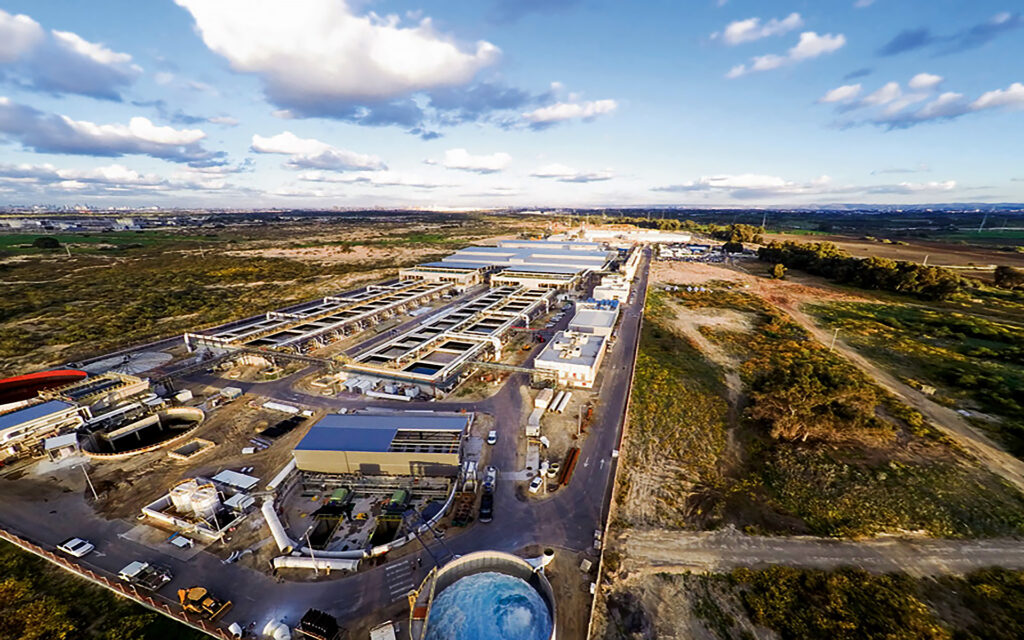
As we know, the lack of water is unfortunately the cause of conflicts and wars, especially in those countries where it is very difficult to find this liquid. Figuring out how to reduce waste and optimize its use is literally a matter of life and death for so many people.
What can each of us do to safeguard the most precious good?
Our role
Let’s start by reducing the amount of water for washing, perhaps choosing a nice shower rather than a bathroom. We use washing machines and dishwashers with a full load. The use of flow reducers allows us to save half of the water while maintaining a sustained flow to be able to wash dishes and food.
Do we have a faulty faucet? Let’s not waste time, let’s fix it right away!
Our purchases also have an impact.
For example, to produce a pair of jeans you need about 8000 liters of water, before throwing it away to buy a new one, let’s think twice: on the other hand, what is more precious than our life?


